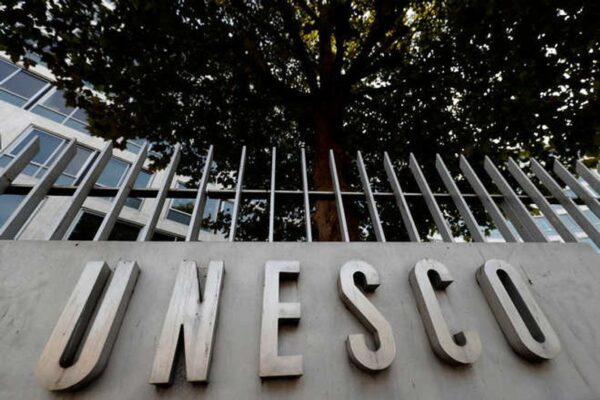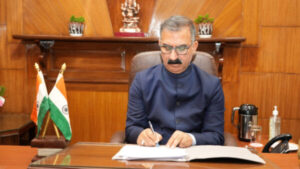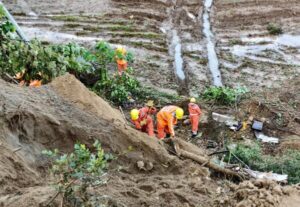Himachal’s Cold Desert Biosphere Reserve Joins UNESCO’s World Network

India’s Cold Desert Biosphere Reserve in Himachal Pradesh has been inducted into UNESCO’s World Network of Biosphere Reserves. The announcement was made at the 37th session of UNESCO’s International Coordinating Council on Man and the Biosphere.
Spread across nearly 7,770 square kilometers in the scenic landscapes of Lahaul-Spiti district, the reserve lies high in the Trans-Himalayan region of northern India. With its wind-swept plateaus, glacial valleys, alpine lakes, and rugged high-altitude deserts, it is among the coldest and driest ecosystems in UNESCO’s global network.
UNESCO noted: “As India’s first high-altitude cold desert biosphere reserve, it underscores the urgent need to safeguard fragile mountain ecosystems threatened by tourism pressures and climate change. Current initiatives include snow leopard conservation, monitoring of glacial lakes, community-based climate resilience, and environmental education programs that connect traditional knowledge with scientific research—ensuring the survival of this vibrant Himalayan sanctuary.”
Union Environment Minister Bhupender Yadav said: “With this addition, India now has 13 biosphere reserves listed in UNESCO’s World Network, reflecting the country’s commitment to biodiversity conservation and community-driven sustainable development.”
The announcement came just a day after India designated two new Ramsar sites in Bihar—the Gokul Reservoir in Buxar district and Udaypur Lake in West Champaran—bringing the country’s total to 93.
Globally, biosphere reserves are recognized not only for their unique ecosystems but also for pioneering approaches to sustainable living. Notably, India’s Cold Desert Biosphere Reserve stands out as one of the latest inclusions.
UNESCO emphasized: “As the world grapples with escalating climate and biodiversity crises, biosphere reserves provide a powerful yet underreported solution. These globally recognized areas are more than protected lands—they are living laboratories where communities, scientists, and governments collaborate to discover sustainable ways of living in harmony with nature.”
Today, more than 700 biosphere reserves across 130 countries—covering 7.4 million square kilometers—serve as models for balancing conservation with development, a blueprint the world urgently needs. Every ten years, the global network brings together over 2,000 stakeholders, including scientists, policymakers, community leaders, entrepreneurs, and conservationists, to set new priorities, strengthen cooperation, and outline a global action plan—such as ensuring at least one biosphere reserve in every UNESCO member state.

Continuing the achievement of the journey of effectiveness and credibility of more than 10 years in the career of journalism, as a woman journalist, I am Serving as the founder, promoter and editor of DiaryTimes with the trust and support of all. My credible coverage may not have given a big shape to the numbers, but my journey presents articles that make you aware of the exact and meaningful situations of Himachal’s politics, ground issues related to the public, business, tourism and the difficult geographical conditions of the state and financial awareness. DiaryTimes, full of the experience of my precise editorial expertise, is awakening the flame of credible journalism among all of you, so that the eternal flame of meaningful change can be lit in the life of the people of the state and the atrocities being committed against the people can be brought to the fore, I am motivated for that. If even a small change comes with the power of my journalism and the whole world becomes a witness to that issues, then I will consider myself fortunate.





